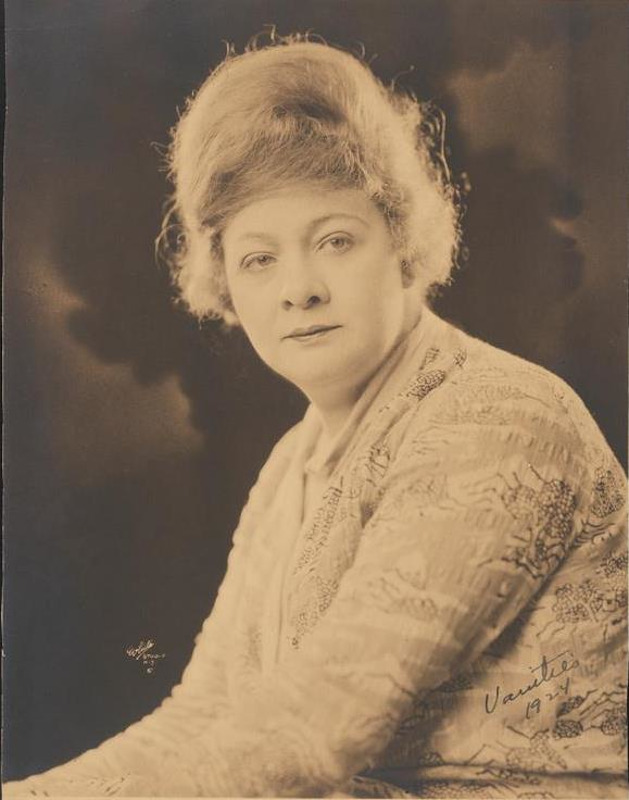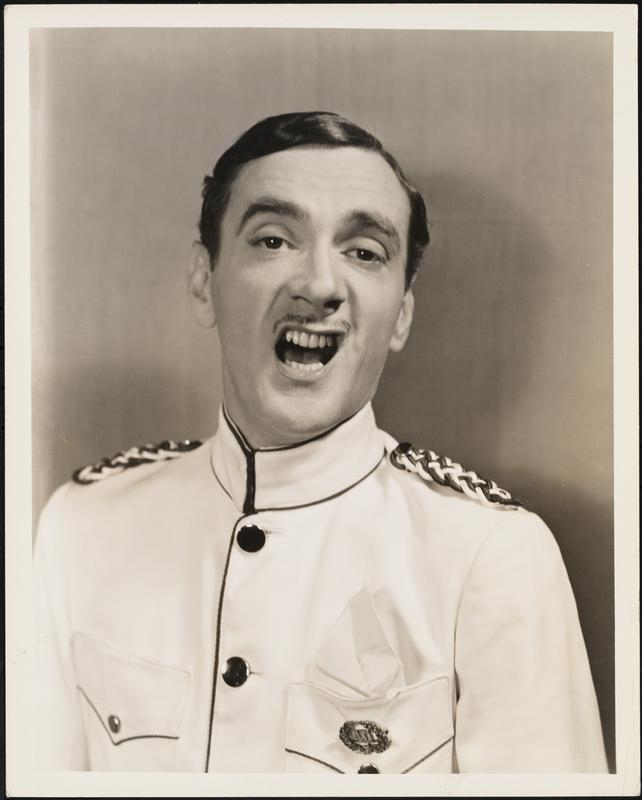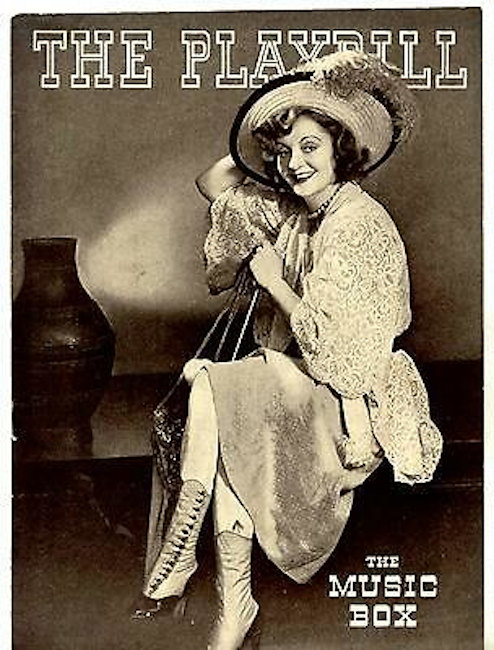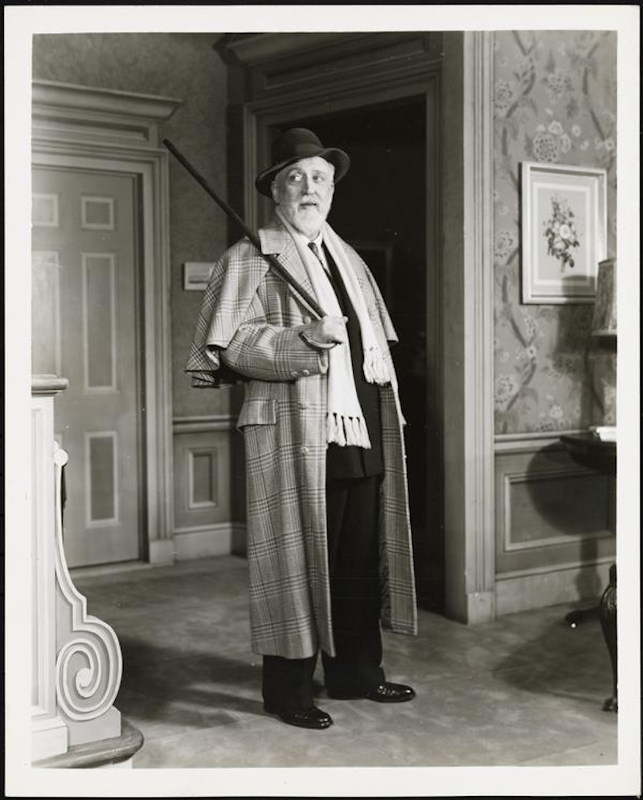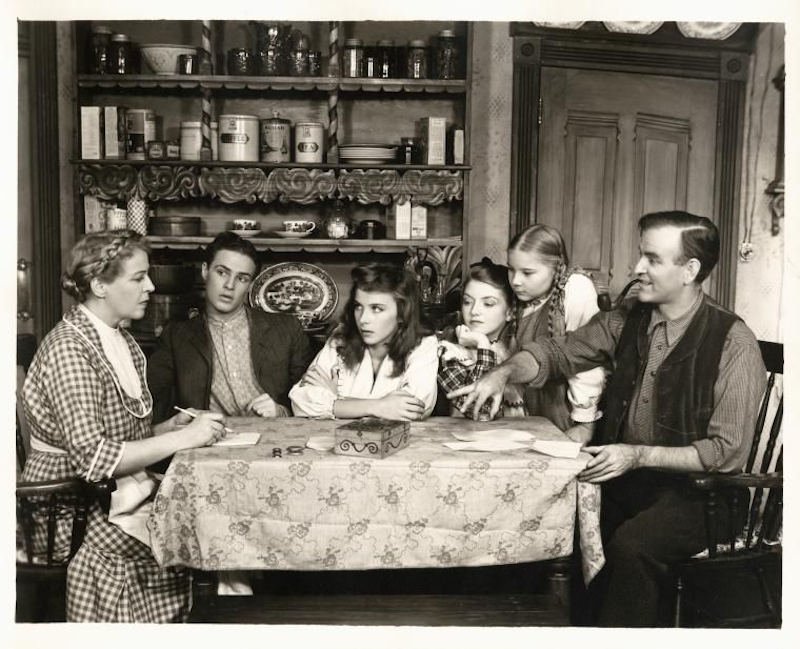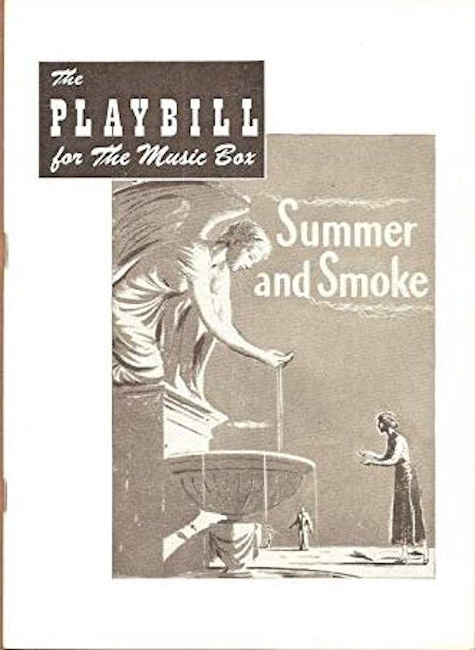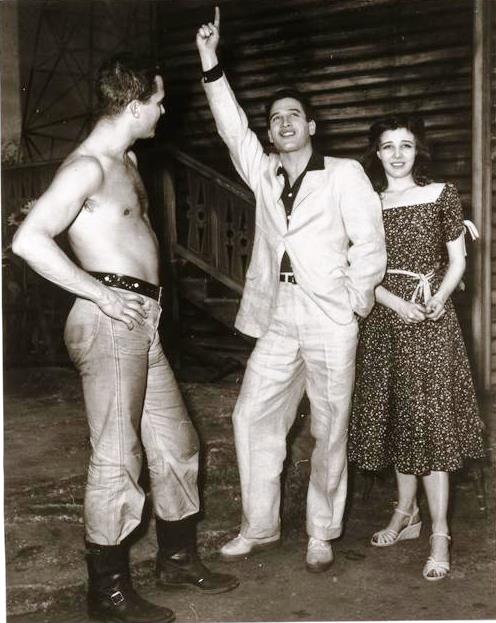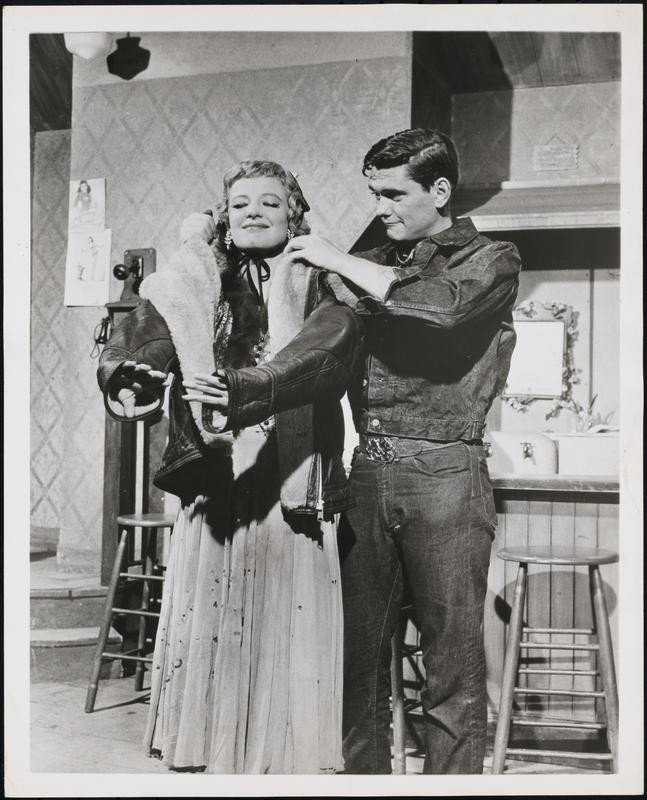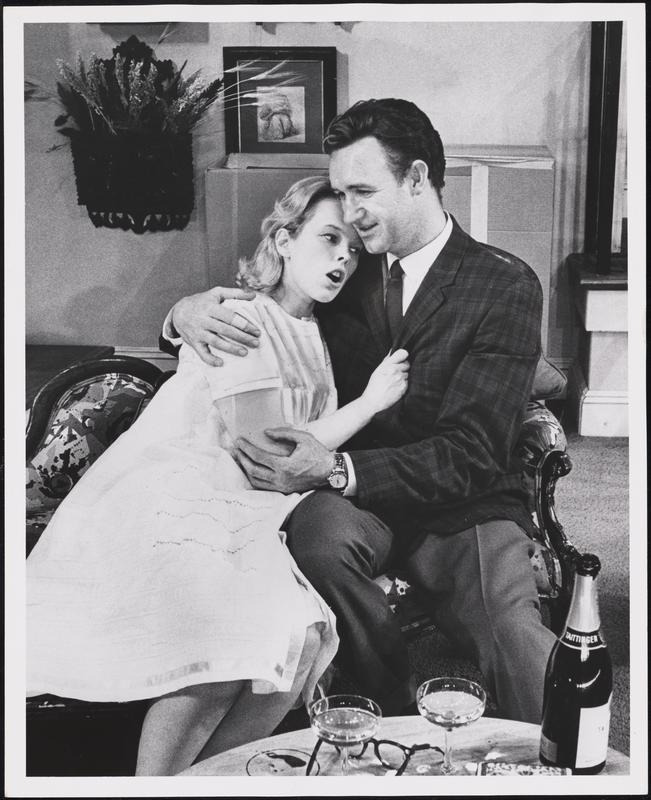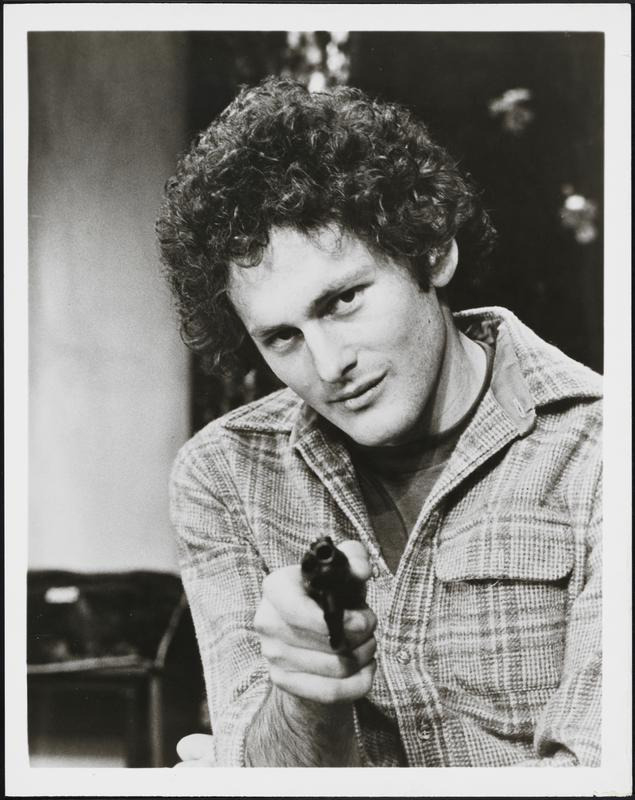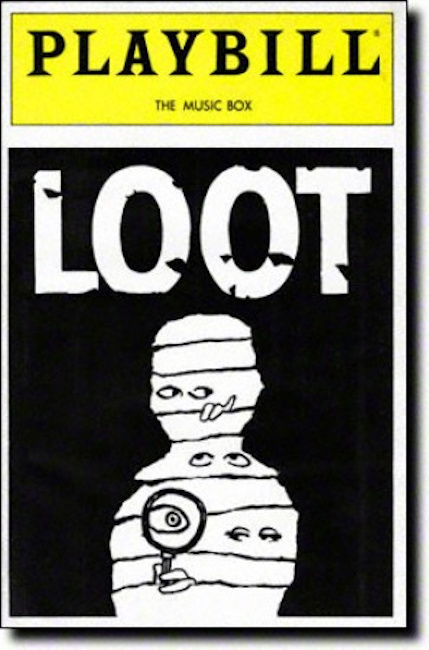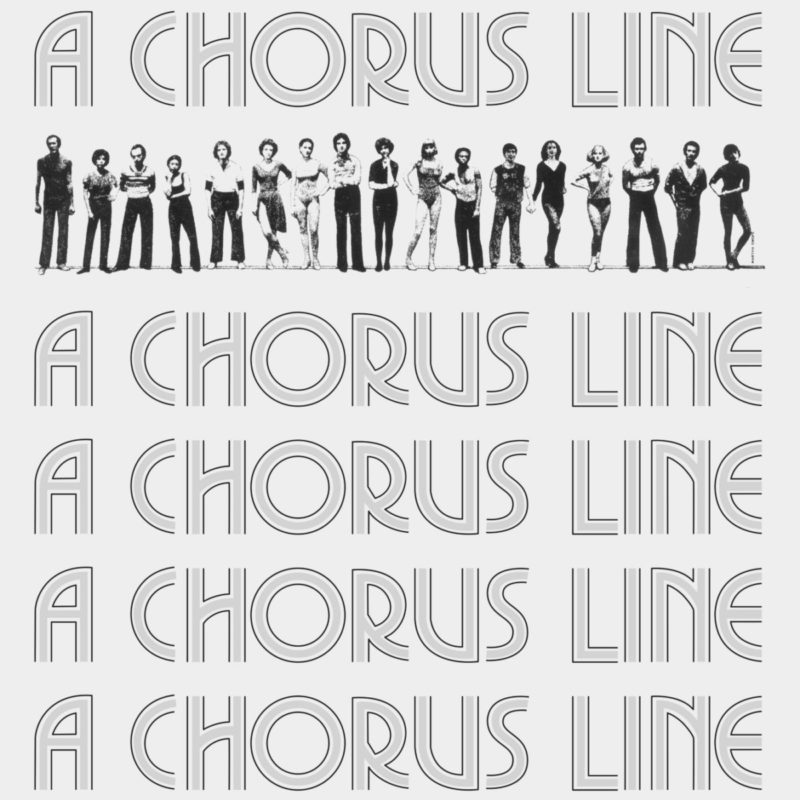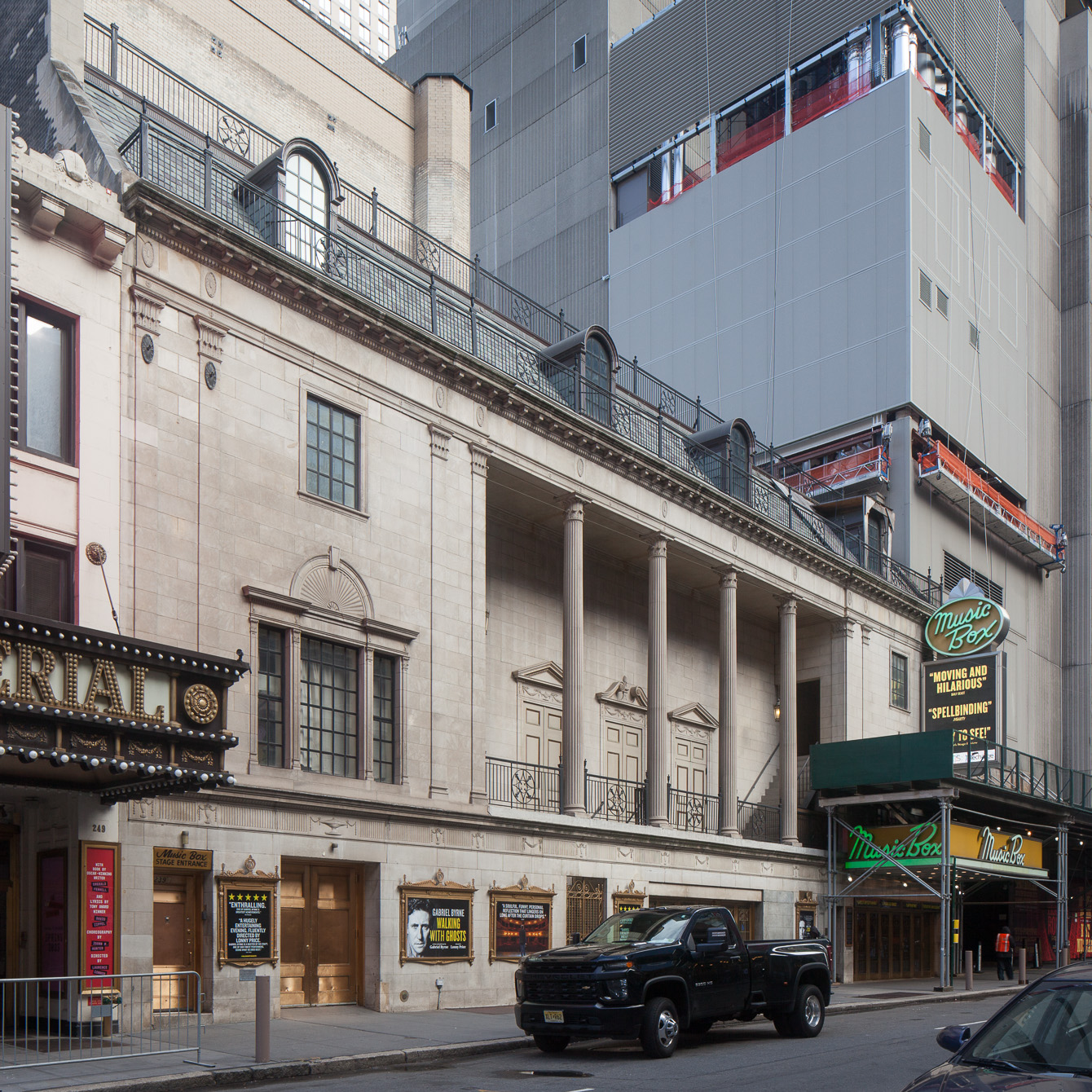
Music Box Theater
overview
Opened in 1920, the Music Box Theater has staged multiple productions involving major LGBT performers and creators, including Ethel Waters, Irene Sharaff, Tom Hulce, Cole Porter, Tallulah Bankhead, Tennessee Williams, Arthur Laurents, Oliver Smith, Cesar Romero, and Marlon Brando, among others.
The biggest hit at this theater with LGBT associations was Deathtrap (1978-82), with scenic design by William Ritman and with actor Victor Garber.
History
The Music Box Theater opened in 1920. There have been a large number of LGBT-associated productions at the Music Box that were big hits. The biggest by far was Deathtrap (1978-82), with scenic design by William Ritman, and with actor Victor Garber.
Other LGBT-associated hits at the Music Box included:
- Cradle Snatchers (1925-26), with actor Edna May Oliver
- Once in a Lifetime (1930-31), with actor Spring Byington
- As Thousands Cheer (1933-34), with costume design by Irene Sharaff and Varady, and with actors Ethel Waters and Clifton Webb
- The Man Who Came to Dinner (1939-41), with actor Monty Woolley
- Star and Garter (1942-43), with costume design by Irene Sharaff
- I Remember Mama (1944-46) by John Van Druten, and with actor Marlon Brando in his Broadway debut
- Picnic (1953-54; Pulitzer Prize for Drama) by William Inge
- Bus Stop (1955-56) by William Inge
- The Dark at the Top of the Stairs (1957-59) by William Inge
- The Pleasure of His Company (1959; opened at the Longacre Theater), with costume design by Edith Head, and with actor Cyril Ritchard
- Any Wednesday (1964-66), with actor Sandy Dennis (Best Actress in a Play Tony Award)
- Absurd Person Singular (1974-76), with actor Sandy Dennis
- A Few Good Men (1989-91), with actor Tom Hulce
Other shows at the Music Box by LGBT creators and with LGBT performers included:
- Music Box Revue (1922-23), with choreography by Hubert Stowitts, who was also a performer
- Earl Carroll’s Vanities (1924), with actor Sophie Tucker
- Paris Bound (1927-28), with actor Hope Williams
- Paris (1928-29), with music by Cole Porter, and lyrics by Porter and E. Ray Goetz
- The Little Show (1929-30), with actors Clifton Webb and Libby Holman
- The Third Little Show (1931), with actor Beatrice Lillie
- Dinner at Eight (1932-33), with actors Cesar Romero and Constance Collier
- Pride and Prejudice (1935), with actor Nancy Hamilton
- Rain (revival, 1935), by John Colton and Clemence Randolph, based on a story by W. Somerset Maugham, and with actor Tallulah Bankhead
- Of Mice and Men (1937-38), with actor Will Geer
- I’d Rather Be Right (1938, opened at the Alvin Theater), with lyrics by Lorenz Hart, and costume design by Irene Sharaff
- Sing Out the News (1938-39), choreographed by Charles Walters and others, and with actors Will Geer and Musa Williams
- From Vienna (1939), with book adapted by John Latouche and others, and with costume design by Irene Sharaff
- Set to Music (1939), with music, lyrics, and sketches by Noel Coward, and with actors Beatrice Lillie and Richard Haydn
- The Land is Bright (1941-42), with costume design by Irene Sharaff
- A Flag is Born (1946, opened at the Alvin Theater), with actor Marlon Brando
- Ballet Ballads (1948), with lyrics by John Latouche
- Summer and Smoke (1948-49) by Tennessee Williams
- Lost in the Stars (1949-50), with actor Georgette Harvey
- Separate Tables (1956-57) by Terence Rattigan
- The Ponder Heart (1956), with actor Will Geer
- Rashomon (1959), with scenic and costume design by Oliver Messel
- Five Finger Exercise (1959-60) by Peter Shaffer, with scenic design by Oliver Smith, lighting design by Tharon Musser, and with actor Brian Bedford
- Invitation to a March (1960-61) by Arthur Laurents
- Daughter of Silence (1961), with scenic design by Oliver Smith, and costume design by Smith and Helen Pons
- Romulus (1962), adapted by Gore Vidal, with scenic design by Oliver Smith, and with actor Cyril Ritchard
- Lovers/Losers (1968; opened at the Vivian Beaumont Theater), with scenic design by William Ritman, and lighting design by Tharon Musser
- Inquest (1970), with actor George Grizzard
- Who’s Afraid of Virginia Woolf? (revival, 1976) by Edward Albee, with scenic and lighting design by William Ritman
- Side by Side by Sondheim (1977-78), with music and lyrics by Stephen Sondheim, and costume design by Florence Klotz
- End of the World (1984), with costume design by William Ivey Long, and with actor Linda Hunt
- The Octette Bridge Club (1985), with scenic design by John Lee Beatty
- Hay Fever (revival, 1985-86) by Noel Coward, and with actor Robert Joy
- Loot (revival, 1986) by Joe Orton, with scenic design by John Lee Beatty, and with actor Joseph Maher
- Les Liaisons Dangereuses (1987), with scenic and costume design by Bob Crowley
- Mail (1988), with music by Michael Rupert, choreography by Grover Dale, and costume design by William Ivey Long, and with Rupert appearing in the production
- A Small Family Business (1992), with scenic design by John Lee Beatty
- The Diary of Anne Frank (revival, 1997-98), with costume design by Martin Pakledinaz
- Amadeus (revival, 1999-2000) by Peter Shaffer
- The Dinner Party (2000-2001), with scenic design by John Lee Beatty
Entry by Jay Shockley, project director (August 2019, with multiple additions).
NOTE: Names above in bold indicate LGBT people.
Building Information
- Architect or Builder: C. Howard Crane & E. George Kiehler
- Year Built: 1920
Sources
“The 1st List of: Gay/Lesbian/Bi Industry People, Both in Front and Behind the Camera,” www.imdb.com, May 31, 2013.
Adam Hetrick, “The Work of Broadway’s Gay and Lesbian Artistic Community Goes on Display Nov. 14 When the Leslie/Lohman Gay Art Foundation Gallery Presents ‘StageStruck: The Magic of Theatre Design’,” Playbill, November 14, 2007.
Internet Broadway Database.
Music Box Theater Designation Report (New York: Landmarks Preservation Commission, 1987).
Do you have more information about this site?
This project is enriched by your participation! Do you have your own images of this site? Or a story to share? Would you like to suggest a different historic site?
